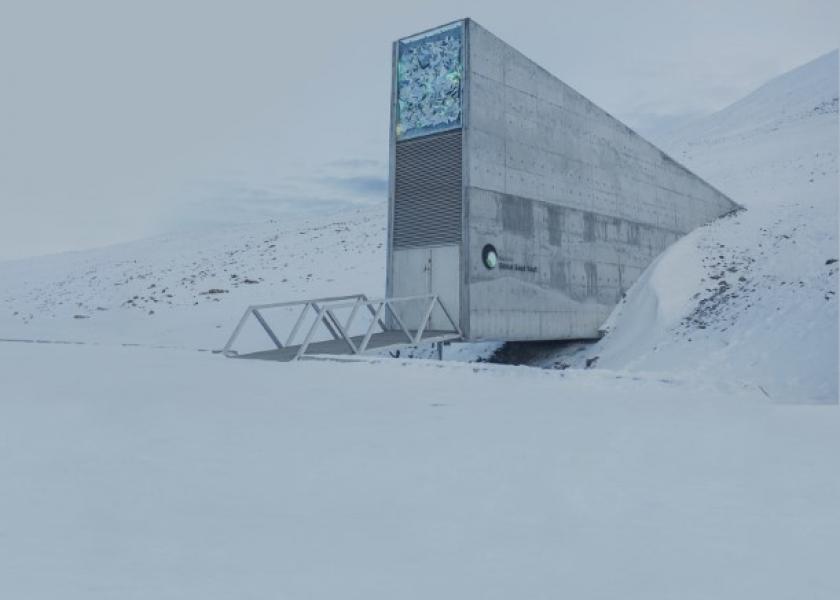Climate Change Puts Global Seed Vault At Risk

Melting permafrost in Norway has put the Svalbard Global Seed Vault at risk due to recent flooding at that facility.
“This is a facility that was built to stand the test of time and resist manmade and natural disasters,” according to Martin Settle, executive director of USC Canada. “It is a relief to hear that none of the seeds in the collection were harmed, but these events are far from reassuring. Climate change has already broken through the vault’s defenses, and these are the early days of permafrost melt. In the long term, how safe are the seeds?”
The seed vault is located in in the world’s northernmost city of Longyearbyen, some 800 miles north of the Arctic Circle. It has the capacity to hold up to 4.5 million seed types (around 1 million currently inhabit the facility). The facility depends on tightly controlled conditions to protect its valuable contents.
Seed savers around the world help hedge against any risk of catastrophic loss, according to Settle.
“There is no replacement for keeping seeds in the hands of farmers,” he says. “We know the impacts of climate change are going to be unpredictable. Even the world’s best engineering may not be sufficient to protect humanity’s most precious heritage – our food crops.”







